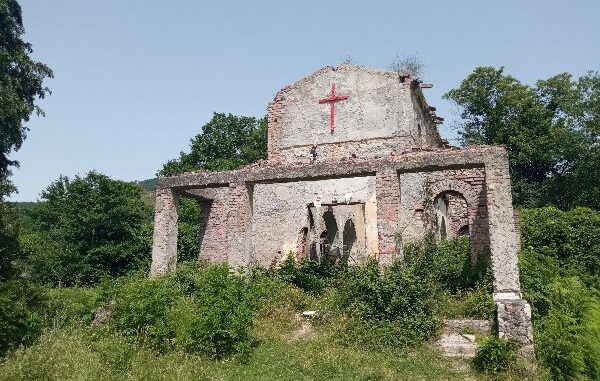
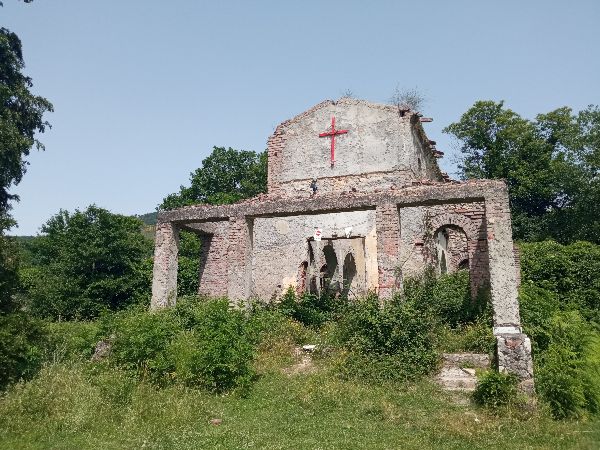
If you decide to visit the Internment camp in Alatri, you will discover a place you had never been to. Even many inhabitants of Alatri don’t know exactly that an internment camp was in this area, and not exactly where. Probably it is because of the camp position. In the middle of the peaceful countryside, along a local narrow road from Alatri to Fumone there is that special forgotten place. I also discover it only some years ago, but it was only recently that a friend of mine shared the list of all the concentration camps in Italy and I read the name of Le Fraschette in the list. So I visited it.
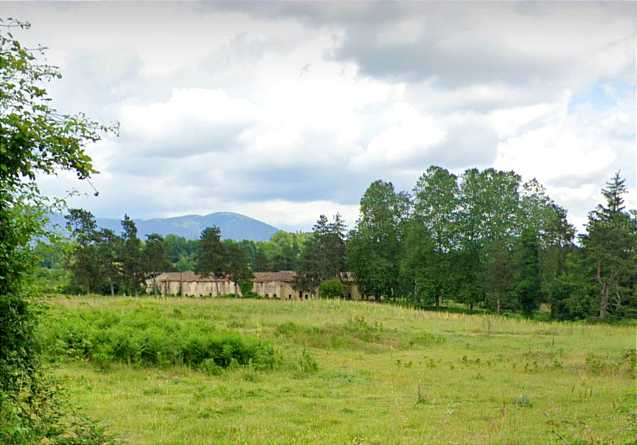
From the main road, it is difficult to notice it. You see only a high stone wall and a turret. If you turn around the wall, through a big hole you can see some abandoned buildings and the church of the former camp. When Italy entered the war, we could also enforce the laws that gave the possibility to capture and intern civilians coming from enemies countries in concentration camps. The Fascist government renovated old building in quiet places, far away from the war front, and in our region Lazio the Fascists chose Ponza, Ventotene, Castel di Guido and Le Fraschette in Alatri.
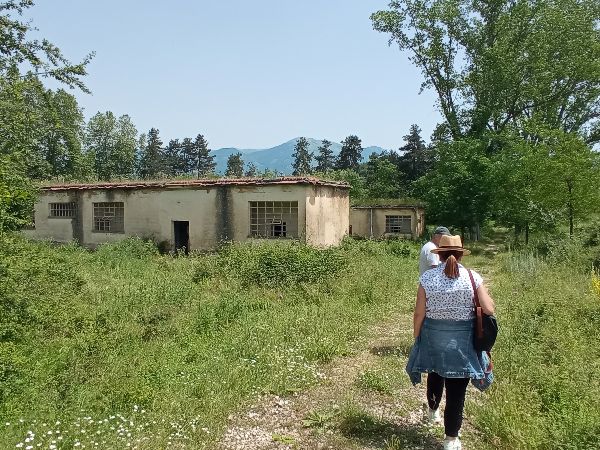
This way of doing was typical of a coercive and repressive system, created to discourage those who criticized or openly worked against Mussolini’s regime.Those who lived in Le Fraschette camp were arrested individually or in groups during the so-called street round-ups. They were all foreign citizen at at the beginning of the war were in Italy on in areas that were under Italian control. At the end of December the Fascist government opened the camp of Le Fraschette and to transform it in a big farm with 60/70 hectares of fields.
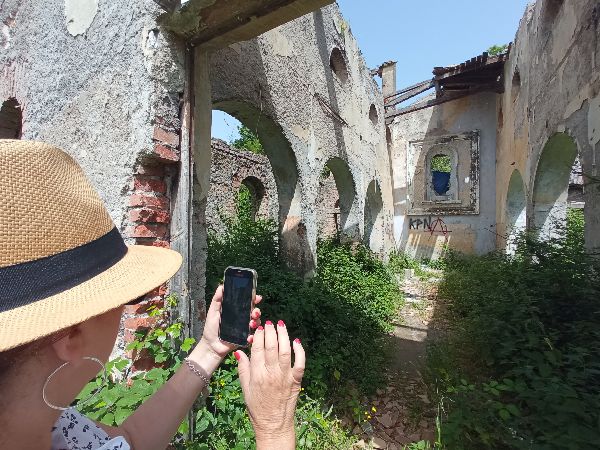
The camp was formed by 15 barracks as dormitory, 5 barracks for refectory, 1 infirmary, one kitchen, 2 lavatories, 5 warehouses, a cinema, a library, a chapel, and some other barracks for the Italian troops. The village had been built for maximum 6000 people, but on primo October 1942, about 800 Anglo-Maltese were hosted here. They had been interrogated by the Fascists and considered irreducibly British. After them, arrived also 2300 people from Melada in Dalmatia, and other 2900.
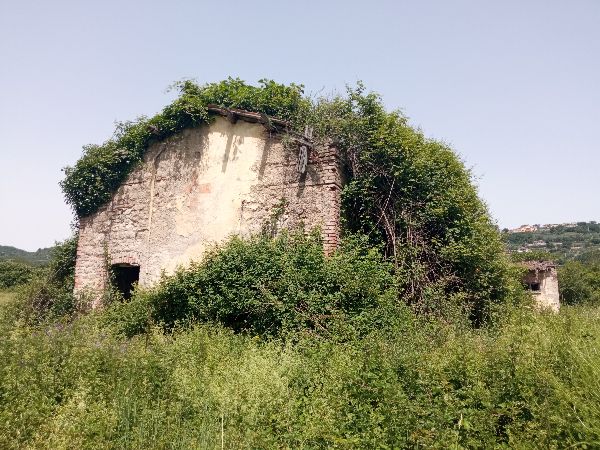
In 1943 the local Fascist commander complained the internees were too free to walk around and to look for food. The problem was the internees wanted to plant crops all around the camp but the former owners of the fields continued to cultivate them, and the internees don’t have the possibility to grow their vegetable.
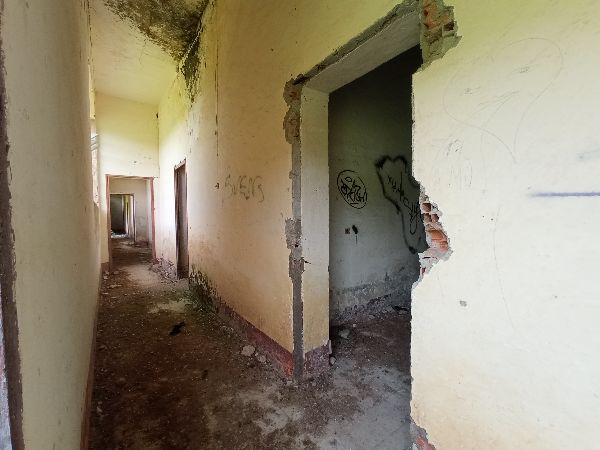
Many people tried to help the internees during their stay at Le Fraschette, for example, the Monsignor Edoardo Facchini Bishop of Alatri, that organized also the First Holy Communion for the Children of the camp. The situation was terrible under a sanitary point of view, and the lack of food has always been a problem. After the war the Camp was transformed to a reception camp for the Italian refugee from Istria, Dalmatia and Africa, and years later for those from Hungaria.
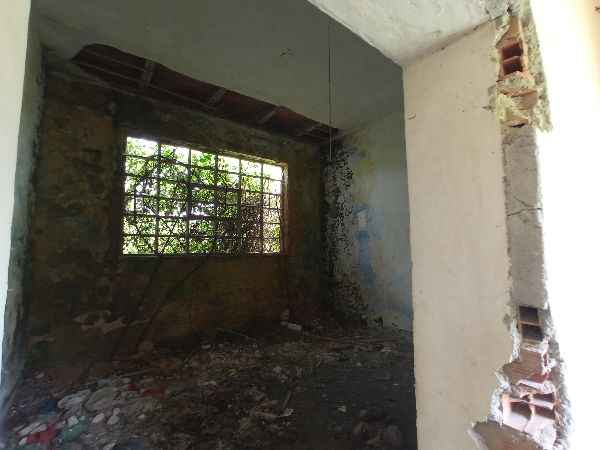
The structure is still there, abandoned, but still visible to those that are interested in the Second World War camp of Le Fraschette. If you are interested in this place too, ask me to add it to your Monte Cassino Battlefield Tour.
